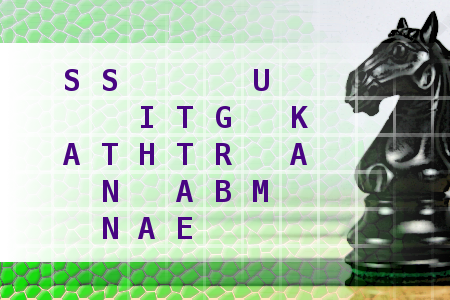Chess Knight Move
Find the country and its capital city, using the move of a chess knight. First letter is T. Length of words in solution: 12,8.Correct answers: 41
The first user who solved this task is Fazil Hashim.
#brainteasers #wordpuzzles #chessknightmove


